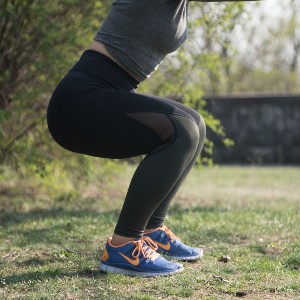 Smart Citations
Smart CitationsSee how this article has been cited at scite.ai
scite shows how a scientific paper has been cited by providing the context of the citation, a classification describing whether it supports, mentions, or contrasts the cited claim, and a label indicating in which section the citation was made.
Comments on: Electromyographic signature of isometric squat in the highest refuge in Europe

HTML: 2
All claims expressed in this article are solely those of the authors and do not necessarily represent those of their affiliated organizations, or those of the publisher, the editors and the reviewers. Any product that may be evaluated in this article or claim that may be made by its manufacturer is not guaranteed or endorsed by the publisher.
We read with particular interest the study by Rua et al. (Eur J Transl Myol 33 (3) 11637, 2023 doi: 10.4081/ejtm.2023.11637) on the electromyographic (EMG) activity of the quadriceps muscle during squat at high-altitude. It offers interesting insights into how neural factors might alter muscle function during a multi-joint low-intensity motor task with sustained contraction after trekking under hypoxic conditions. However, the methodological processes and procedures used in the study could bias the interpretation of the outcomes. Therefore, we outline the procedural considerations that should be taken into account in further studies aimed at investigating the potential changes in quadriceps EMG activity during the squat as a result of trekking at high-altitude.
How to Cite

This work is licensed under a Creative Commons Attribution-NonCommercial 4.0 International License.
PAGEPress has chosen to apply the Creative Commons Attribution NonCommercial 4.0 International License (CC BY-NC 4.0) to all manuscripts to be published.

 https://doi.org/10.4081/ejtm.2023.11846
https://doi.org/10.4081/ejtm.2023.11846




